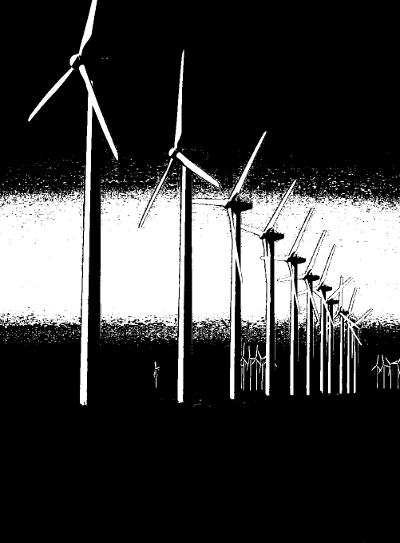Victoria's 'road map' for new power revealed
 Victoria has outlined a modest aim to get at least 20 per cent of its electricity from renewable sources by 2020.
Victoria has outlined a modest aim to get at least 20 per cent of its electricity from renewable sources by 2020.
The Andrews Labor government has put out a “road map” for the energy industry to guide its way to cleaner technologies like wind and solar energy.
It sets out a minimum renewable energy target of 20 per cent by the end of the decade, lower than the new national goal of about 23 per cent.
Currently about 12 per cent of Victoria’s power comes from renewable sources.
But the Government says it is embarking on public consultation for a broader renewable energy plan, and wants community feedback on what the 2020 and 2025 targets should be.
Premier Daniel Andrews said the Government would fast-track the building of about 100 megawatts of wind energy, by way of new renewable energy certificates.
“We think that's about $200 million worth of investment, or 50 new wind turbine towers across regional parts of our state,” Mr Andrews said.
“If we can do better, believe me, we will.”
Mr Andrews said the Federal Government had abandoned to industry.
“The renewable energy sector and the thousands of Victorians and Australians whose livelihoods depend upon it were betrayed with very bad policy, forgotten and left behind,” he said.
“That's not good enough, we've got a very different set of priorities.”
The Premier made the announcement at the premises of wind turbine manufacturer Keppel Prince Engineering, which had to sack 100 staff last year.
Keppel general manager Steve Garner said the company could be able to re-hire up to 40 people by the end of the year, if the renewable scheme is rolled out properly.
Victorian Greens leader Greg Barber said Mr Andrews barely stood apart from the federal targets he condemns, and is in fact effectively endorsing the Federal Government's RET cut.
“We haven't got time to waste and we can't look at small, incremental targets,” he said.
“One hundred megawatts isn't much when you consider the 2,800 megawatts that are sitting there ready to go, waiting for the proper incentives from a government, whether it be state or federal.”







 Print
Print